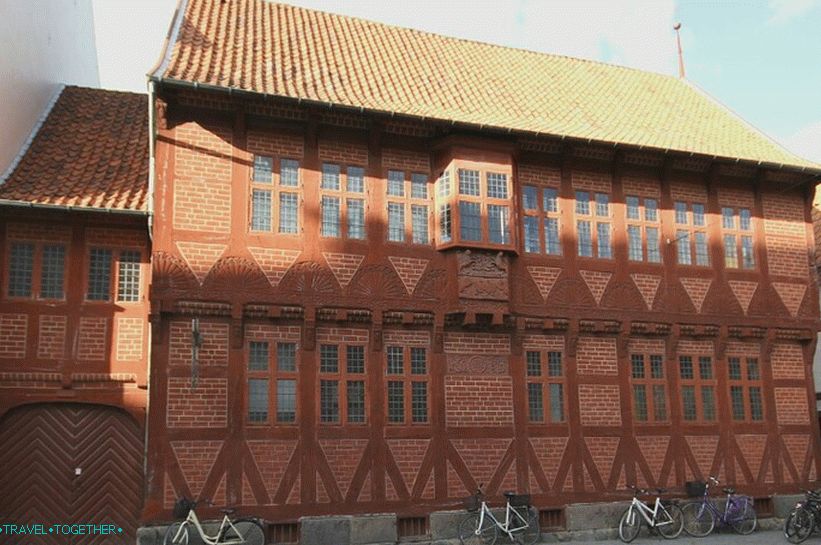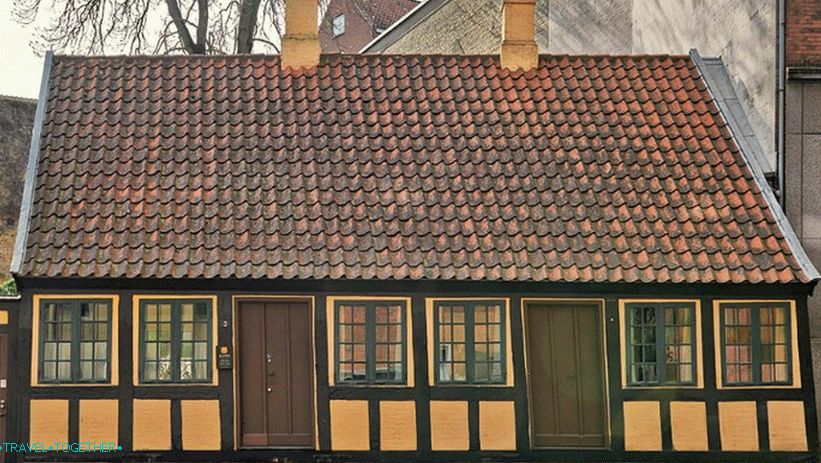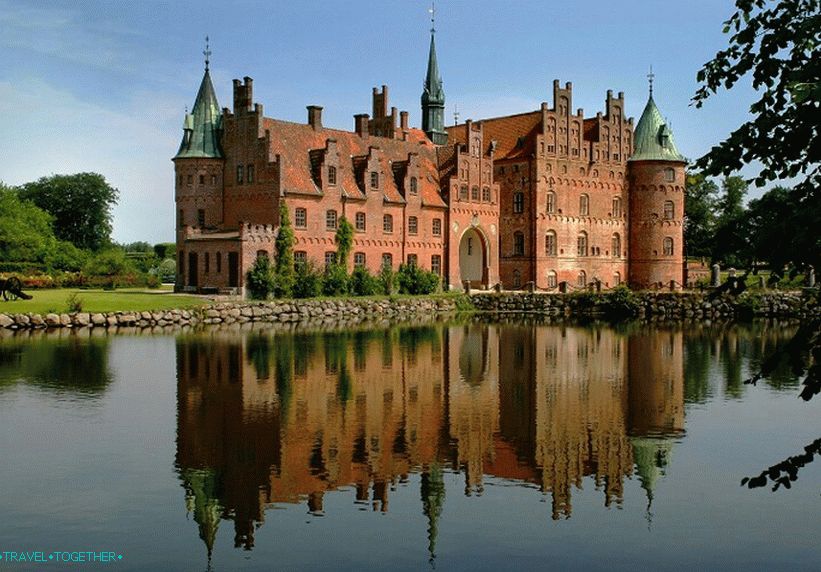Odense (Denmark) – the most detailed information about the city with photos. Odense’s main attractions, descriptions, guides and cards.
Contents
Odense City (Denmark)
Odense is the capital of the island of Funen and the third largest city in Denmark. Located between the island of Zealand and the Jutland Peninsula. Odense – the birthplace of Hans Christian Andersen and a place full of charming streets with old houses, beautiful green parks, interesting museums and magnificent palaces. The city is named after the Scandinavian God Odin and was founded over a thousand years ago.
- Geography and climate
- Practical information
- Story
- sights
- Video
- Maps and guides
- Comments and reviews
Geography and climate
Odense is a little northeast center of the island of Funen, which is connected by bridges with zealand and jutland. The city is located 170 km southwest of Copenhagen and 140 km south of Aarhus. Through him the river of the same name flows, and to the north lies the Odense Fjord. The climate is temperate sea with cool summers and mild winters.
The northeast coast of the island of Funen is characterized by surge phenomena. So westerly and northeastern winds can lift the water level is almost 2 m.
 Odense streets
Odense streets
Practical information
- The population is more than 170 thousand people.
- The area is 304.34 km2.
- The language is Danish.
- Currency – Danish Krone.
- Time – UTC +1, summer +2.
- Odense has a small airport that operates summer flights. in several Italian cities – Parma, Trieste, Florence. also in The city has direct trains from the largest Danish airport – Kastrup.
- In the shops and bars you can find local beer – Odense Pilsner and Odense Classic.
Story
Odense is one of the oldest cities in Denmark. His story goes back to the times of the Vikings, who founded a fortress here and built numerous fortifications. City name translates as “the sanctuary of Odin”. The first written references to Odense date back to 988, when the German emperor Otto III granted settlement rights to the city. By the end of the 11th century, Odense turned into prosperous trade city. In 1086 during the peasant uprisings here at the monastery of st. Alban was killed by Canute IV (or Knud), who is considered the last king of the Vikings. Later Canute was canonized.
Now the monastery no longer exists. At the beginning of the 20th century on his the place was built a church.
 Odense streets
Odense streets
In the 12th century, the Benedictine monastery of Sts. Was founded in Odense. Canute, in which the first literary work of Denmark was written. AT 1249 the city was burned by royal troops, but was quickly restored and throughout the Middle Ages was an important shopping center. The prosperity of the city continued until the middle of 17 century. In the 1650s, heavy taxes were introduced and the period began decline, which lasted until the 18th century.
 Odense
Odense
In 1805, the famous storyteller Hans Christian was born in Odense. Andersen. In the 19th century, after port expansion and construction large railway terminal, the city once again flourished and regained the status of an important shopping center. In 1935 in Odense a tall tower was built, which was only inferior in height Eiffel Tower in Paris. This building was destroyed by the Nazis in 1944
sights
 Church of sv. Canute (Knud)
Church of sv. Canute (Knud)
Church of sv. Kanuta (Knuda) – medieval brick The Gothic cathedral, founded in the 11th century by the Danish King Canute IV. The old building was damaged during strong fires 12 – 13 centuries. The modern structure of the church dates from 13th – 15th centuries. Interesting features of the church: the crypt under the choir, which is the tomb of sv. Canute, his brother and some others Kings, a beautiful pulpit and a majestic altar.
 Church of sv. John’s (Hans)
Church of sv. John’s (Hans)
Church of sv. Joanna (Hans) – brick gothic religious construction of the first half of the 17th century. The first church in this place was founded in the 13th century by the Knights of the Order of St. John
 Church of Our Lady
Church of Our Lady
Church of Our Lady (Vor Frue Kirke) – the oldest surviving Odense medieval churches, built in the 12th century. The first a religious building on this site was built in the 10th century from tree. A few centuries later the current one was built here. gothic church. Next to her is the oldest secular Odense building, built in the 14th century.

Church of sv. Albana – a beautiful neo-gothic building of the early 20 century with a high spire. The church was built on the site of an ancient the monastery in which King Canute IV was killed, later attributed to holy
 Møntergården
Møntergården
Møntergården is an old mint built in 1646. Now within its walls is a museum of local culture and stories.
 Town hall
Town hall
Town Hall – a public building of the late 19th century, built from red brick in the style of the Italian Gothic.
 Museum H. K. Andersen
Museum H. K. Andersen
The H.C. Andersen Museum is dedicated to his life and work. Located in the house in which supposedly the great was born storyteller.
 Childhood home Andersen
Childhood home Andersen
Andersen’s childhood home – a small old house where he lived famous storyteller from 2 to 14 years.
 Egeskov
Egeskov
Egeskov – a fabulously beautiful castle 30 minutes from Odense, which is considered one of the best preserved castles-fortresses in Europe. This is an excellent building of the era The Renaissance was completed in 1554 and despite its idyllic view had a powerful defensive potential. Egeskov consists of two buildings connected by a powerful double wall so wide that there are hidden stairs in it and well.
Not far from Odense is the Funen open-air museum, which takes us to old provincial Denmark.
Video
Maps and guides
City map






